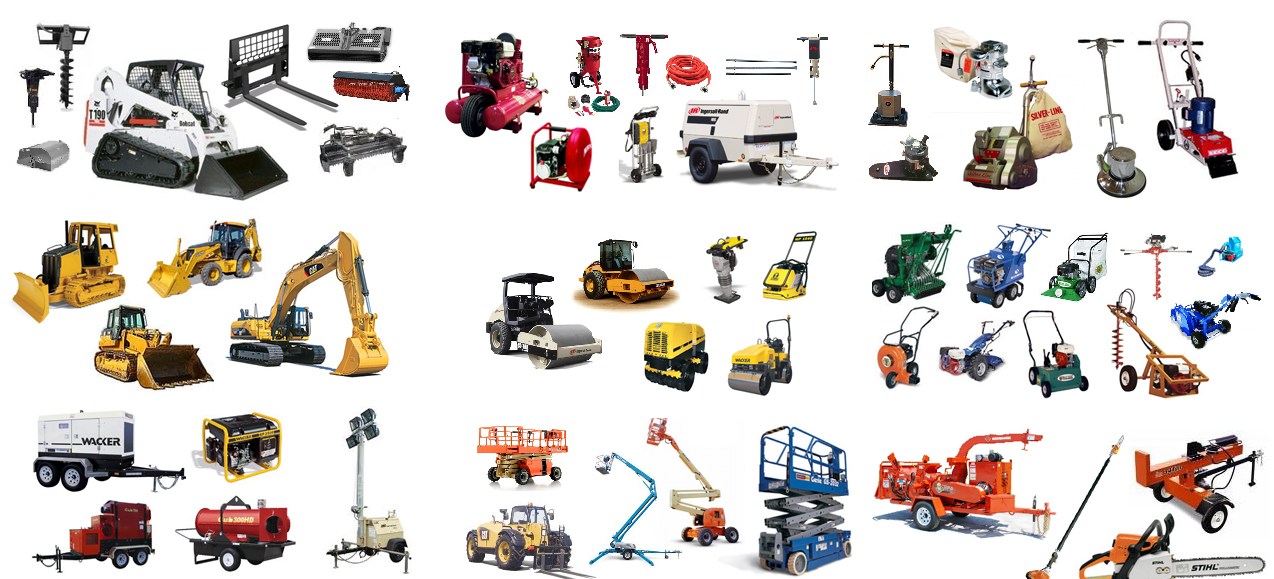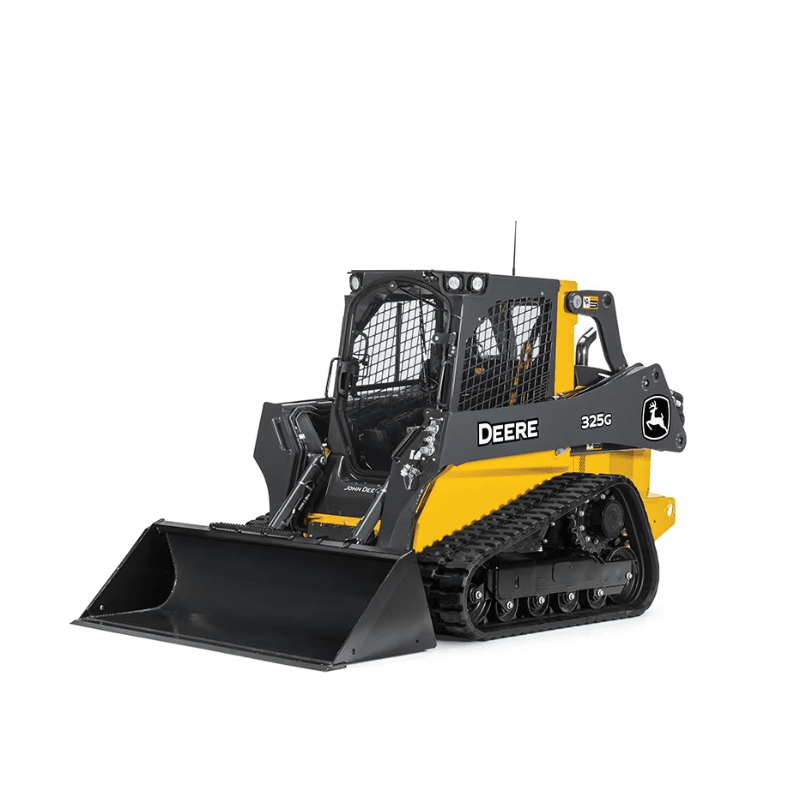Heavy Equipment Rental: Large Equipment for Any Kind Of Construction Job
Heavy Equipment Rental: Large Equipment for Any Kind Of Construction Job
Blog Article
Optimize Your Budget by Comprehending the Prices Connected With Construction Devices Rentals
Understanding the full scope of costs linked with building and construction tools rentals is important for optimizing your spending plan. What methods can be used to efficiently take care of these costs and ensure a more effective rental experience?
Summary of Rental Prices
When thinking about construction devices leasings, recognizing the connected prices is critical for reliable budgeting and task planning. Rental prices can vary substantially based on numerous aspects, including tools type, duration of leasing, and place. The initial rental fee usually reflects the tools's market need and its connected operational capacities, affecting the total expenditure.
In addition to the base rental rate, ancillary expenses may arise, such as transportation costs, fuel surcharges, and upkeep charges. It is vital to represent these extra costs to accurately examine the complete cost of leasing equipment. The rental duration can impact prices; longer leasings might certify for reduced rates, while short-term services could sustain higher everyday fees.

Break Down of Rental Prices
An extensive understanding of rental rates is essential for professionals and task supervisors aiming to enhance their budget plans. Rental rates for building and construction devices normally are composed of numerous parts, consisting of base rates, time-based fees, and use costs.
Base prices are the core costs connected with the leasing of the equipment, usually identified by the kind and dimension of the machinery. These prices can differ significantly, affected by elements such as devices need, availability, and regional market trends. Time-based charges, which may be daily, weekly, or monthly, offer to accommodate various project timelines and rental durations.
In addition, rental prices might include use fees, which apply when equipment is used beyond a defined limit, guaranteeing that the rental firm can account for deterioration. Seasonal demand changes can likewise affect rental rates, with peak building seasons generally regulating greater costs.
Moreover, comprehending the rental company's plans relating to maintenance and insurance coverage can offer additional understanding right into the general price framework. By examining these elements, service providers can make informed decisions, guaranteeing the choice of rental tools lines up with both project requirements and budget restrictions.
Additional Costs to Consider
Comprehending the details of additional costs is essential for professionals to handle their total rental expenditures successfully. Beyond the basic rental rates, numerous supplemental charges can significantly affect the total expense of equipment leasing. These costs usually include Recommended Reading delivery and pickup charges, which can differ based on distance and logistics included in moving the equipment to and from the task site.
Moreover, some rental business might enforce gas surcharges if the equipment is returned with less gas than when rented out. It is also vital to be mindful of prospective cleaning fees, specifically for customized devices that requires extensive upkeep after usage.

Completely examining the rental contract and making clear these extra costs ahead of time can aid service providers prevent unanticipated expenses and make sure that budgets stay undamaged throughout the task lifecycle.
Repair And Maintenance Expenditures
Routine upkeep and repair expenditures are often forgotten factors that can substantially affect the general price of building and construction devices services. When renting out devices, it is vital to think about not only the rental costs yet likewise the prospective expenses related to maintaining the equipment in optimal operating problem.
Numerous rental business include basic maintenance as component of the rental contract; however, extra unexpected break downs or substantial repairs can cause extra expenditures. It's important to examine the rental contract very carefully to comprehend what upkeep services are covered and what responsibilities fall on the tenant.
In addition, tools that is not properly maintained can result in inadequacies at work website, potentially creating hold-ups and enhancing project expenses. To reduce these dangers, it is advisable to conduct normal evaluations and maintain open communication with the rental service provider regarding visite site any kind of concerns that arise during usage.
Insurance Policy and Liability Prices
Insurance policy and responsibility expenses are critical components that can dramatically affect the overall cost of building equipment services (scissor lift rental). These prices make sure that both the rental company and the customer are shielded from possible monetary losses developing from accidents, damage, or burglary throughout the rental period

Additionally, clients need to be conscious of any type of deductibles or exclusions in the insurance coverage, as these can impact prospective out-of-pocket expenses. Understanding the conditions of any insurance policy coverage is important to prevent unexpected costs. Eventually, budgeting for insurance coverage and liability costs can assist ensure a smoother rental experience and shield versus financial risks linked with building tasks.
Conclusion
In final thought, a thorough understanding of the costs associated with building and construction devices leasings is vital for effective spending plan management. Inevitably, informed decision-making relating to equipment services contributes to the general success of construction endeavors.
Rental expenses can vary considerably based on a number of aspects, including tools type, duration of leasing, and location (equipment rental company). The rental duration can affect pricing; longer leasings might qualify for reduced prices, while short-term leasings might sustain greater day-to-day costs
By performing complete research study and engaging with reliable rental firms, contractors can properly navigate the complexities of rental prices, ultimately maximizing their financial resources.
Past the typical rental rates, different supplemental costs can considerably affect the complete cost of devices service. Rental firms often offer responsibility insurance policy that covers injuries to 3rd parties or damages to home, while equipment damages insurance policy can cover the expense of fixings or substitute if the rented out equipment is damaged.
Report this page